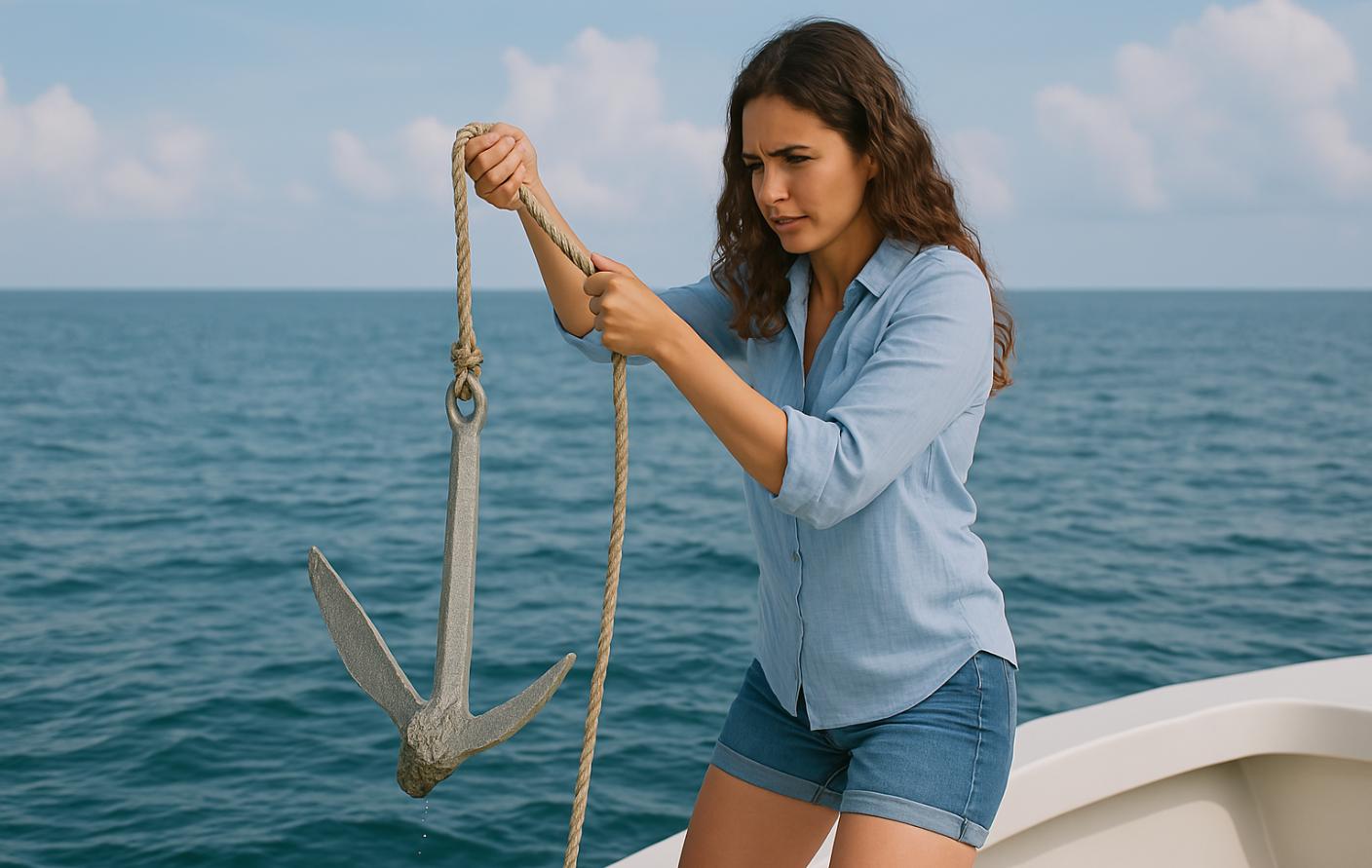Understanding Boat Anchors
Boat anchors are the unsung heroes of the boating world. An essential piece of equipment for any sailor or boat owner, they provide a stable and secure point for your boat when you’re not on the move. There are a variety of boat anchor models available, each with its unique set of characteristics, pros, and cons. This guide aims to shed light on these models, helping you make an informed decision.
Plow Style Anchors

Plow style anchors, as the name suggests, resemble a farmer’s plow. They are designed to swivel around the shank to set, regardless of the direction of the pull.
Pros: Plow anchors perform well in most sea beds and offer a solid hold once set. They are particularly effective in sand, mud, and grass.
Cons: They can be bulky and heavy, making them less suitable for small boats. Also, they can struggle to penetrate hard or rocky bottoms.
Fluke Style Anchors

Fluke anchors, or Danforth anchors, have two large flat flukes attached to a stock at the crown.
Pros: They offer excellent holding power per pound, making them lightweight yet effective. They perform exceptionally well in sand and mud bottoms.
Cons: Fluke anchors can struggle in rocky, grassy, or clay bottoms. Their large flukes may also make them difficult to stow.
Claw Style Anchors

Inspired by anchors used in offshore oil rigs, Claw style anchors, or Bruce anchors, have three claws that dig into the sea bed.
Pros: They provide a reasonable hold in most bottom types and reset well if the pull direction changes.
Cons: They may not hold as well in soft mud or weed. Additionally, their holding power per pound is lower than other styles.
Mushroom Anchors

Mushroom anchors get their name from their shape, which resembles a mushroom. They are ideal for smaller boats and lighter conditions.
Pros: They are compact, easy to handle, and store. Great for temporary anchorage in calm waters.
Cons: They offer limited holding power and are unsuitable for larger boats or challenging conditions.
Grapnel Anchors

Grapnel anchors feature several hooks or ’tines.’ They are often used in small boats, kayaks, and inflatable boats.
Pros: Lightweight, compact, and easy to store. They can also secure a good hold in rocky or coral bottoms.
Cons: They offer limited holding power in other bottom types and may struggle in heavy currents or weather conditions.
Choosing the Right Boat Anchor
Selecting the right boat anchor requires a careful consideration of your boat size, the boating conditions, and the types of sea bed you’ll encounter. Understanding the capabilities and limitations of each anchor model will allow you to make an informed decision.
Conclusion
The world of boat anchors is more complex than it might seem. With various models available, each with its pros and cons, choosing the right one can make a significant difference to your boating experience. Whether you prefer the robustness of the Plow style, the lightweight effectiveness of the Fluke style, or the compactness of the Mushroom or Grapnel anchors, understanding their applicability is key. So, anchor down, folks, and let your boating adventures begin!

Use the share button below if you liked it.